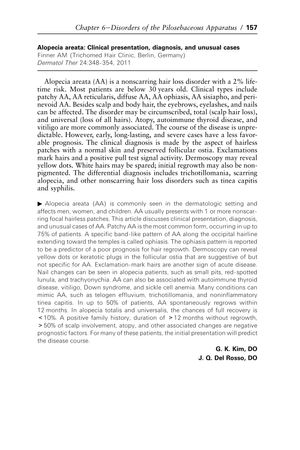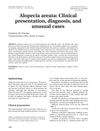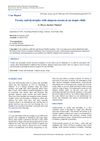Alopecia Areata: Clinical Presentation, Diagnosis, and Unusual Cases
January 2012
in “
Yearbook of Dermatology and Dermatologic Surgery
”

TLDR Alopecia areata is a hair loss condition that often starts before age 30 and can affect various body parts, with unpredictable hair regrowth chances.
Alopecia areata (AA) is a nonscarring hair loss disorder with a 2% lifetime risk, primarily affecting individuals under 30 years old. It presents in various clinical forms, with patchy AA being the most common, affecting up to 75% of patients. The disorder can lead to hair loss on the scalp, body, eyebrows, eyelashes, and nails, and may be associated with atopy, autoimmune thyroid disease, and vitiligo. Diagnosis is typically clinical, based on the appearance of hairless patches with normal skin and preserved follicular ostia, with dermoscopy revealing yellow dots and exclamation mark hairs indicating activity. The disease has an unpredictable course, with early, long-lasting, and severe cases having a less favorable prognosis. Up to 50% of patients experience spontaneous hair regrowth within 12 months, but for alopecia totalis and universalis, the chances of full recovery are less than 10%. Negative prognostic factors include a positive family history, duration of over 12 months without regrowth, more than 50% scalp involvement, and associated atopic or autoimmune conditions.

